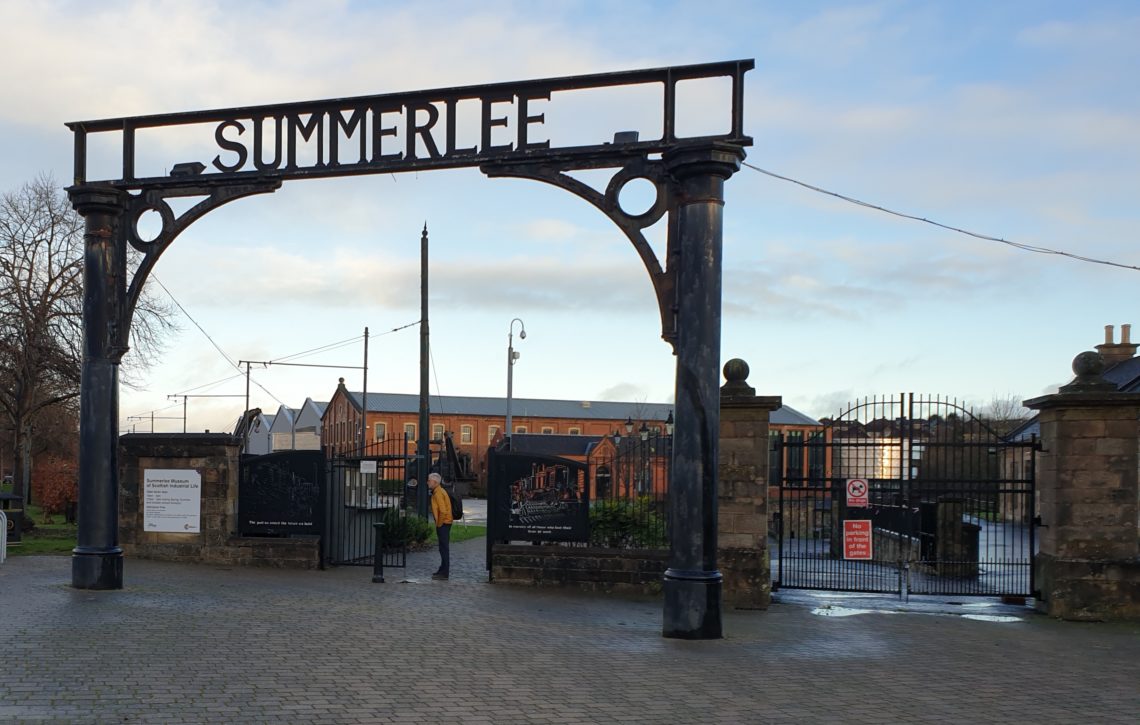
To Scotland for Steam Engines – The pre IEEC Recce
Checking out the conference trips
As you all know, if you travel a long way to see something and hope to just walk in – sometimes it doesn’t turn out well!
So, to make sure the trips planned on either side of IEEC3 in March 2024 are properly organised and our hosts expecting us, part of the IEEC3 organising group (Steve Grudgings accompanied by Chris Jones) travelled north to Scotland to meet them, and make sure that what we were planning was viable.
This note of our journey should help those planning to join the trips to prepare accordingly, although we’re only providing brief glimpses of the sites as there’s so much to discover and enjoy for yourself at the IEEC3 Conference!
The Newcomen Engine Sites (Thursday trips pre-conference)
Auchenharvie, Bo’ness and Watt’s Workshop at Kinneil House are all open to the public and without access restrictions; having been there before we gave them a miss this time. All three are sited on grassland, and, as our hosts had suggested that late March can get a little damp north of the border with no shelter, delegates are advised to dress accordingly.
It may be helpful to those that have not previously attended IEEC to know that our dress code is very relaxed! Worth noting too that formal toilet facilities are limited in all three locations. We will seek to persuade our coach driver to find suitable facilities.
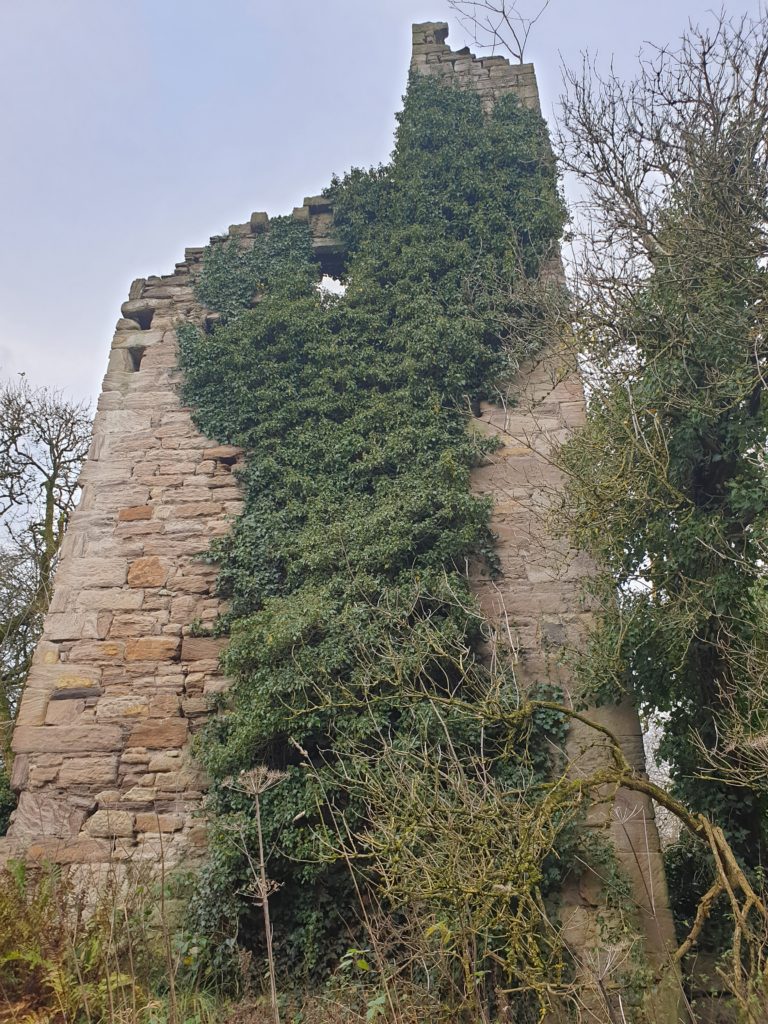
We did however visit Blacksyke Engine House on Caprington Golf Course – on previous visits the Steward has assured me a visit was fine as long as we keep off the fairways but he was absent when we arrived. The golf course is municipally owned, so is particularly friendly and unstuffy. The superb, though much-altered, engine house with two of its four walls intact is ten minutes’ walk from the golf club car park (where we hope we to access toilet facilities). It is not visible from the main road, well hidden and surrounded by trees and greenery (hopefully not too much by March).
If time permits, we will also try to include a visit to the Bo’ness Steam railway as it is in the same vicinity as the engine house!
Heritage Hazards
All four IEEC3 trip locations present the hazards common to derelict buildings, i.e. uneven ground and trip hazards, waterlogged ground, risks of falling masonry etc. Whilst we take all reasonable precautions, all visits on both days are at delegates’ own risk.

The coach tours will depart on both days at 9.00a.m. from the main gates of Summerlee Museum of Scottish industrial Life and pick up prior to this at Coatbridge Sunnyside Station to collect arrivals from Edinburgh (8.32) and Glasgow (8.44).

Drop off points (within reason) can be arranged on the return journey, please let us know in advance where you might want these to be.
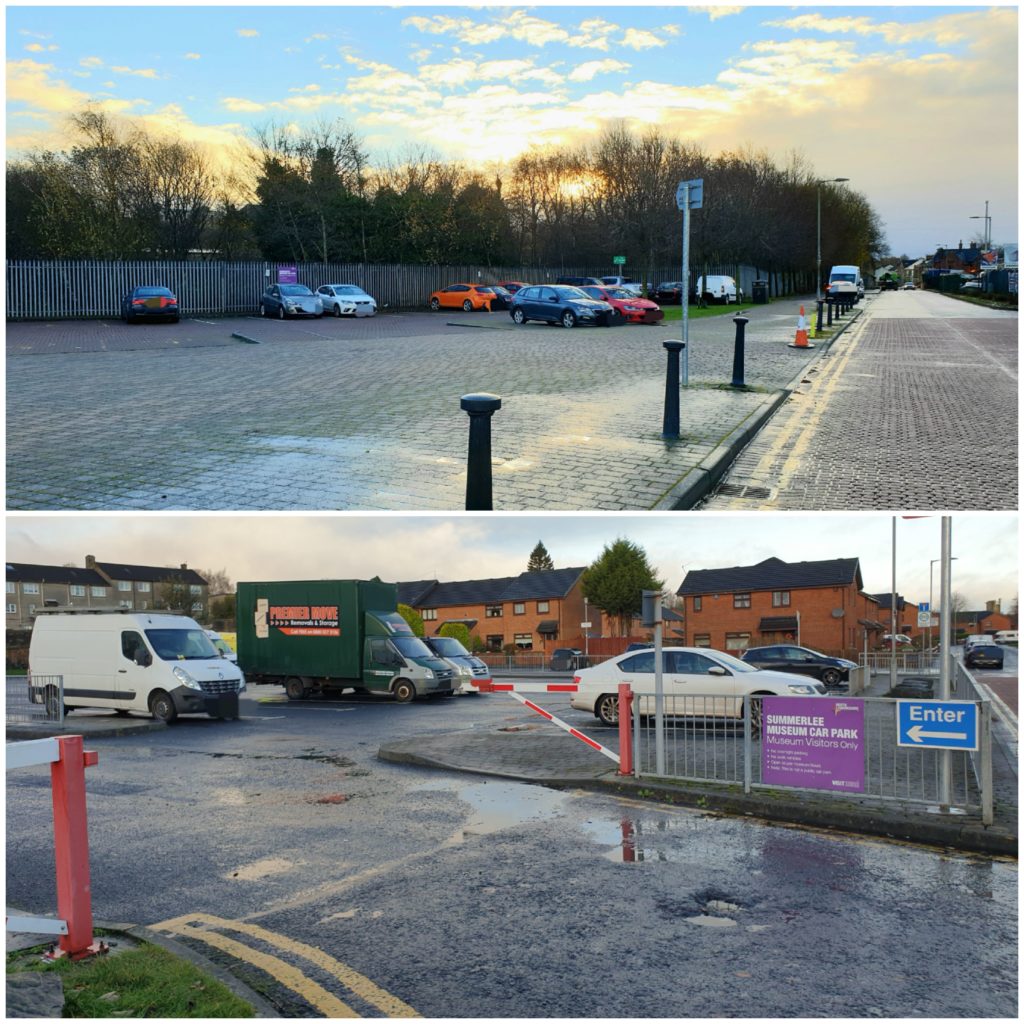
The Beam Engine Sites (Monday post-conference trips)
Our first visit will be Prestongrange Museum just east of Edinburgh, so we have an initial journey of around an hour from Summerlee. On the recce in November 2023 we met our host Kate Maynard, Team Leader for East Lothian Council Museum.
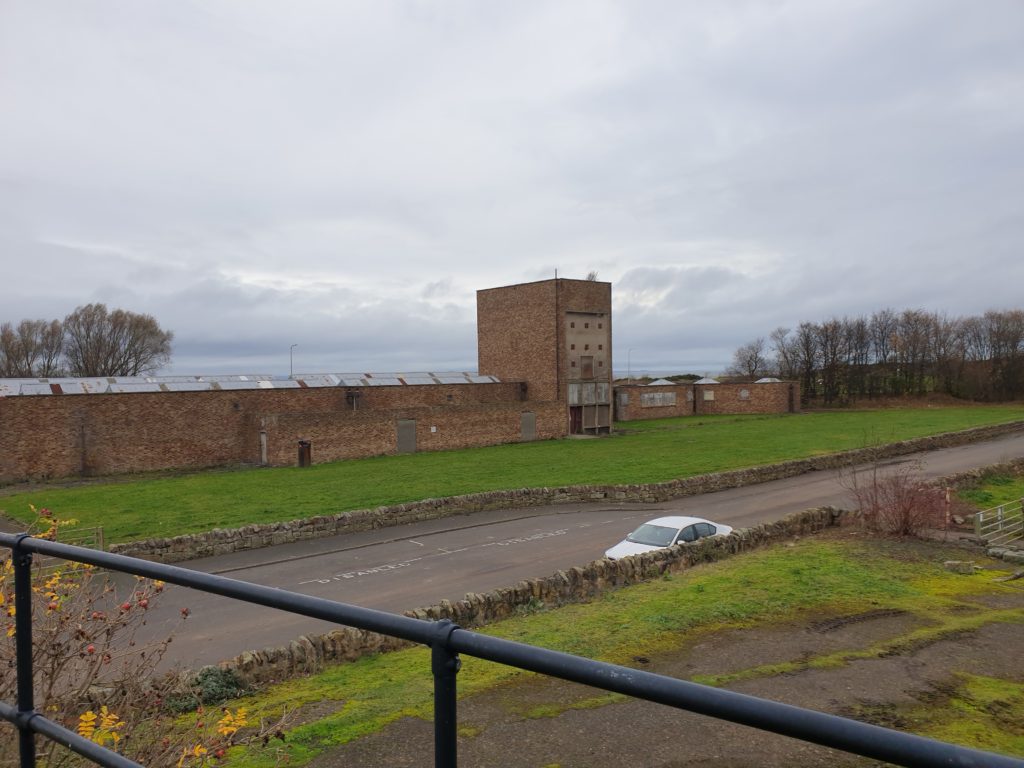
We’re sure we will have enough there to keep us fully occupied. The venue is usually closed until Easter, but Kate has kindly arranged an opening just for us. Like most public museums, cash and resources are tight, but Prestongrange has enjoyed a recent injection of funding, much of which has gone to provide a new storage and repair facility for the site’s railway equipment – which Kate hopes to be able to open for us.
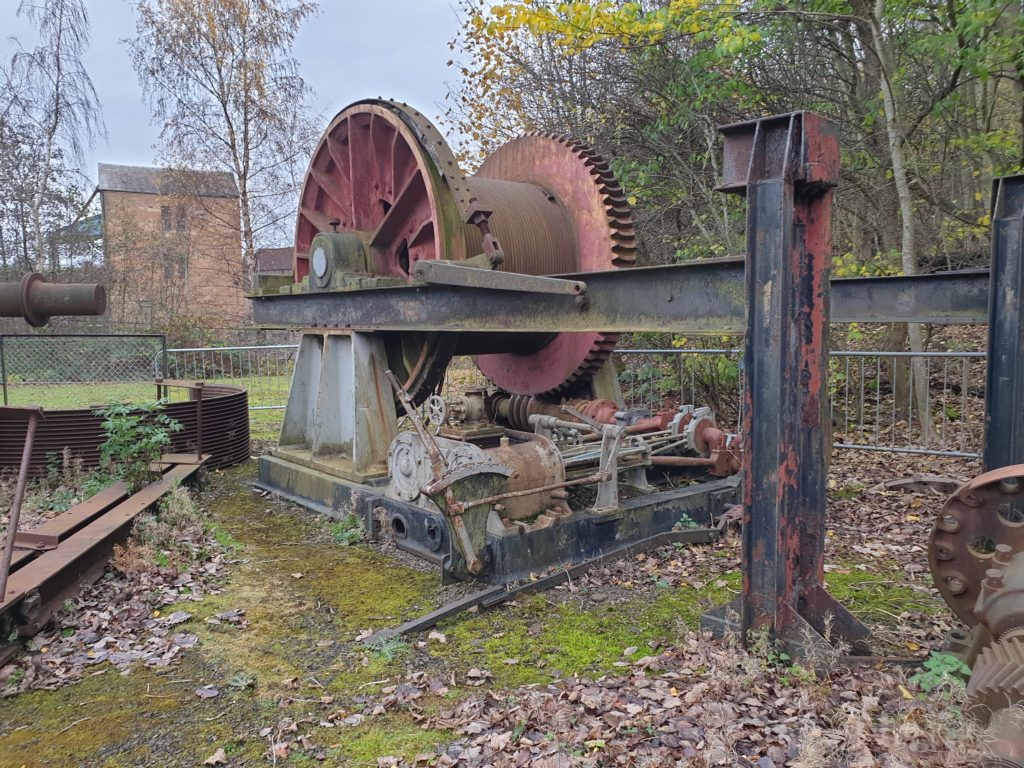
The monks of Prestonpans Abbey are recorded as mining coal here as far back as the thirteenth century and because of its shallow coal seams and coastal aspect, this was one of eastern Scotland’s major medieval mining areas. The museum itself is the site of Prestongrange Colliery, which closed in 1962. Whilst the superb Harvey’s of Hayle Beam Engine (1854, moved to Scotland in 1874) is the most obvious remainder of this, there are others, like the large Hoffman Brick Kiln, which continued after mining ceased.
The Harvey Engine has a complex history and was discovered, still working, by model engineers post WW2 and achieved some fame as (probably) the last working Cornish Engine outside Cornwall. Its survival owed much to the last NCB manager, Davie Spence. We had never been inside the building before, and Kate kindly gave us the full tour.
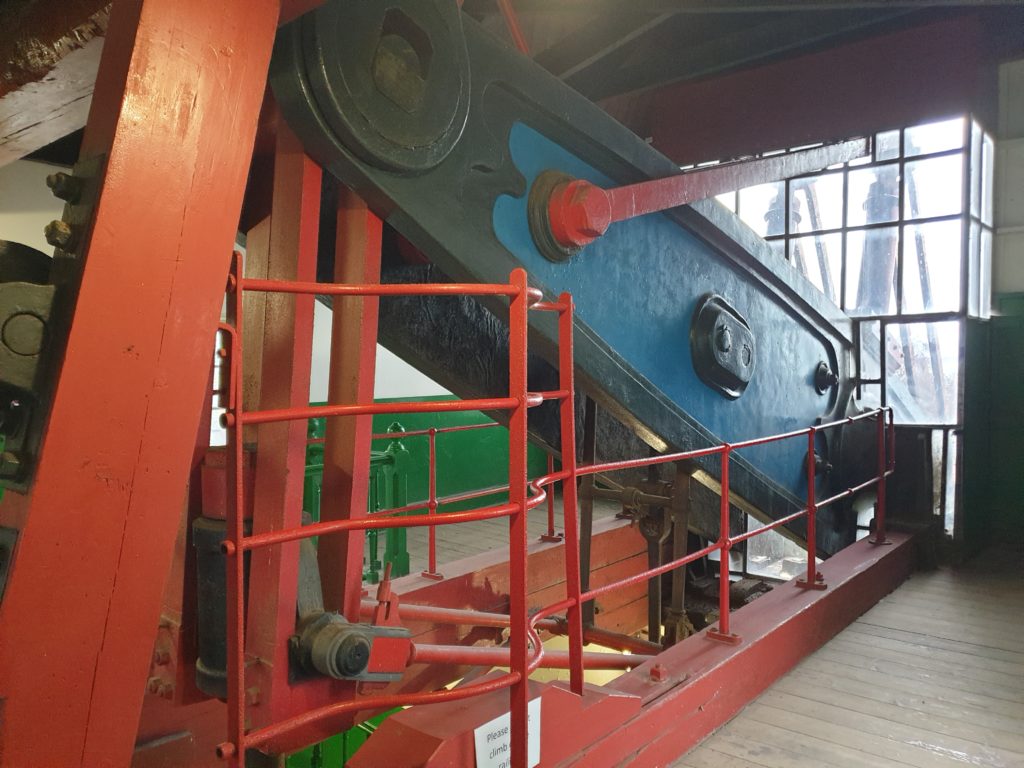
The building and engine have been conserved to a high standard and this has been done with considerable regard for authenticity so there is a notable absence of intrusive bright signage. This does however mean that the gaps around the beam have not been covered with protective mesh and we ask that delegates do not launch themselves down the resulting apertures! And thinking some of you might ask, the basement is not accessible BUT if you bring a torch we might be able to look down into the hole.
We plan to spend an hour on site and Kate has kindly offered to have the toilets open for us. In addition to the railway items (including a pair of nice steam cranes) there are some egg-ended and Cornish boilers on site together with large and small steam engines and ventilation fans outside, plus other attractions we will have missed in the recce! So there should be plenty to entertain everybody. Do remember to bring your winter woollies and raincoats – we are just beside the sea. For more information see: https://visiteastlothian.org/business/prestongrange-museum/
BUT we cannot linger over-long as we have the superb site at Kennetpans next on our list, just under an hour away. Unlike Prestongrange, which Steve had visited previously (many years ago) Kennetpans was not on our radar screen until Bill Whitehead recommended it to us. Suitably fortified at the Bakery in Clackmannan with Scotch Pies and IrnBru (something all IEEC delegates should familiarise themselves with in March) Steve & Chris navigated across country to the Kennetpans distillery site.
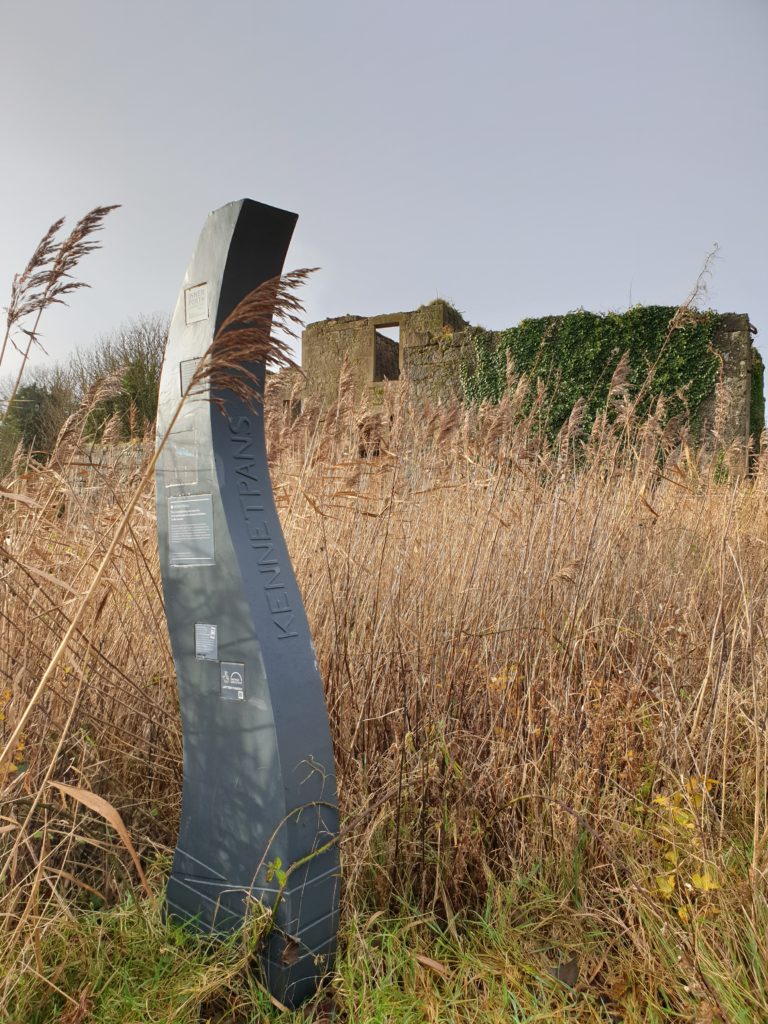
To describe it as off the beaten track is an understatement, but going back 200 years when it was in production means its position alongside a small navigable inlet of the Forth would have made it very much a hive of shipping and related activity.
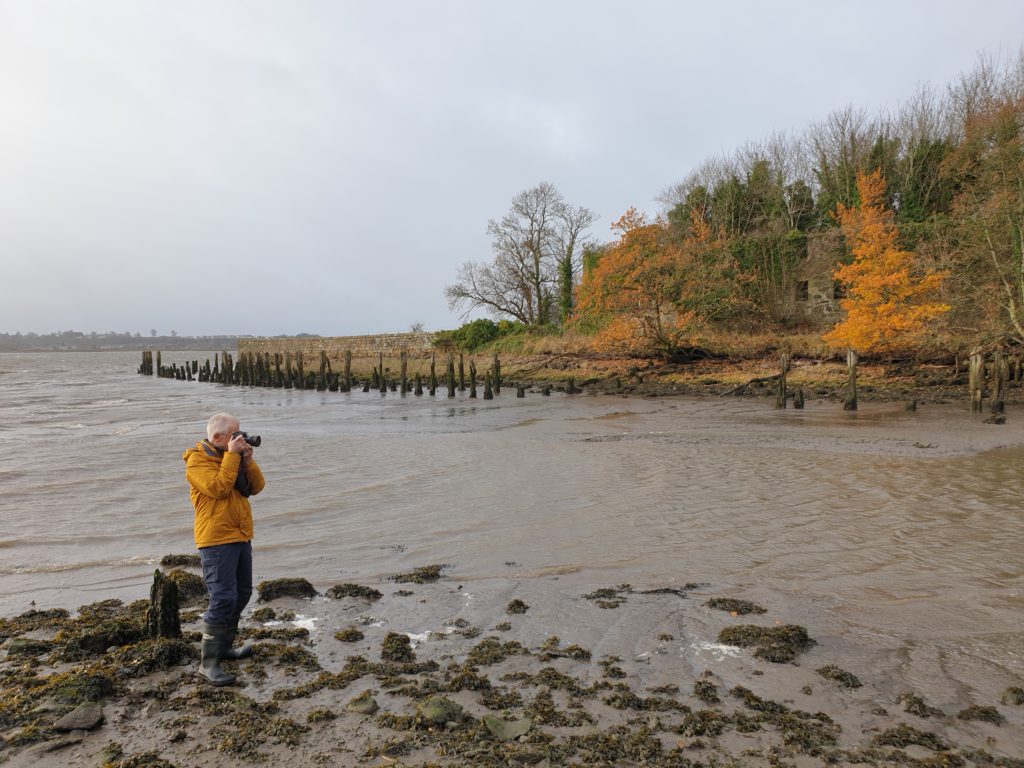
Most of the site is owned by Bryan Frew and his wife and we were received most courteously and shown around this impressively large complex. The engine house itself is contained within the original, larger, roofless and derelict distillery buildings dating back to 1787. The site generally is heavily overgrown and much stabilisation work has been done to the walls courtesy of Historic Environment Scotland- but more is needed!
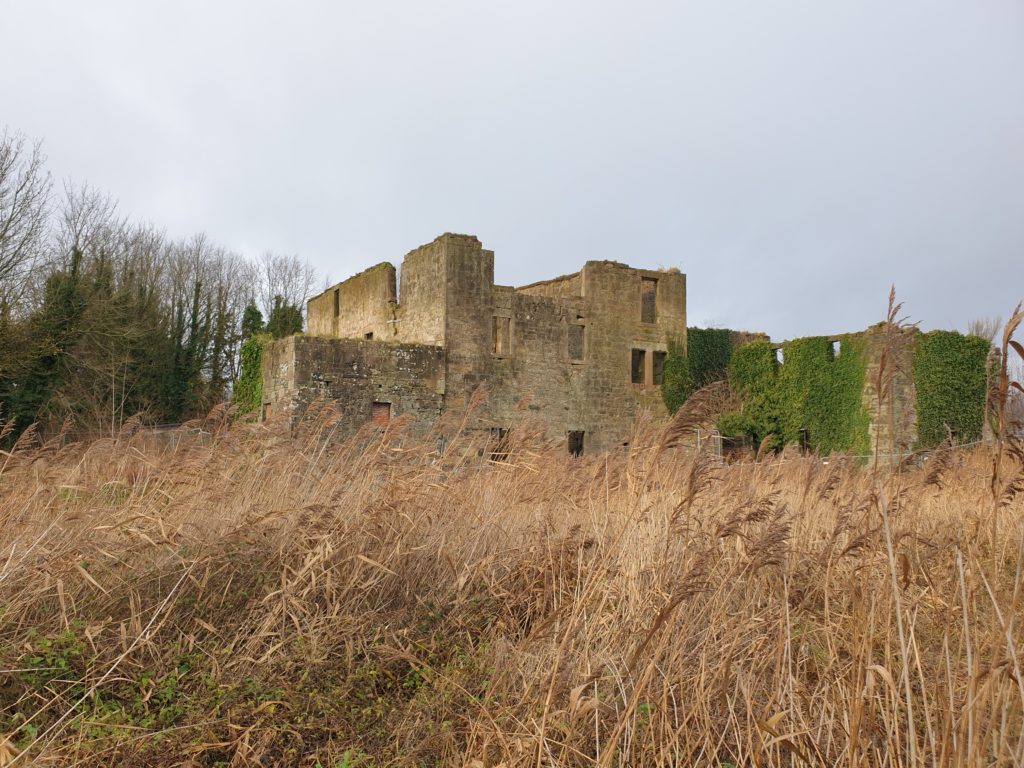
Adjacent to the distillery building is the even larger roofless warehouse, both looking across the Forth to INEOS Grangemouth Refinery- the closure of which was announced whilst we were in Scotland. The scale of the site is immense and its setting superb, and just as important is the fact of its being the birthplace of Scotland’s commercial whisky industry.
We weren’t able to access the engine beds of the Boulton & Watt Engine (subject of Bill Whitehead’s forthcoming paper) as a ladder was needed (Bryan has kindly offered to provide one for our March visit, but delegates please note a head for heights is needed, and access will need to be carefully supervised). However the circular cut-out for the engine’s flywheel is clearly visible in the adjacent wall. Some sections of the distillery cannot be accessed because of undergrowth and obstacles, but we were able to see the main features – including a nicely positioned ballast mound on the foreshore from which a good view of the site can be gained. The question this site so clearly raises for all of us is “How can this best be conserved and protected for those coming after us to enjoy?”
Readers will by now have realised this is not easy to access and great care is needed BUT it’s a superb site and we are most grateful to Bryan and his wife for allowing us access. Please note there are no toilet facilities on site, and a walk of 400 yards is needed to access the site because the coach will not be able to use the narrow road. For more information go to: https://www.kennetpans.info/
By about this time delegates will be peckish, and we will either arrange some form of lunch pit stop, or arrange for packed lunches to be taken with us.
Next Stop and only ten minutes away – Devon Colliery Cornish Engine House at Fishcross– again one Steve last visited more that 20 years ago. This massive sandstone-walled engine house is hidden from the road, and situated only 200 yards past the even older and equally impressive Sauchie Tower which dates from 1430. The Engine House still has its substantial Iron Beam balancing on its bob wall and the whole exterior is very well maintained – presumably conserved at the time the interior was converted into office space?
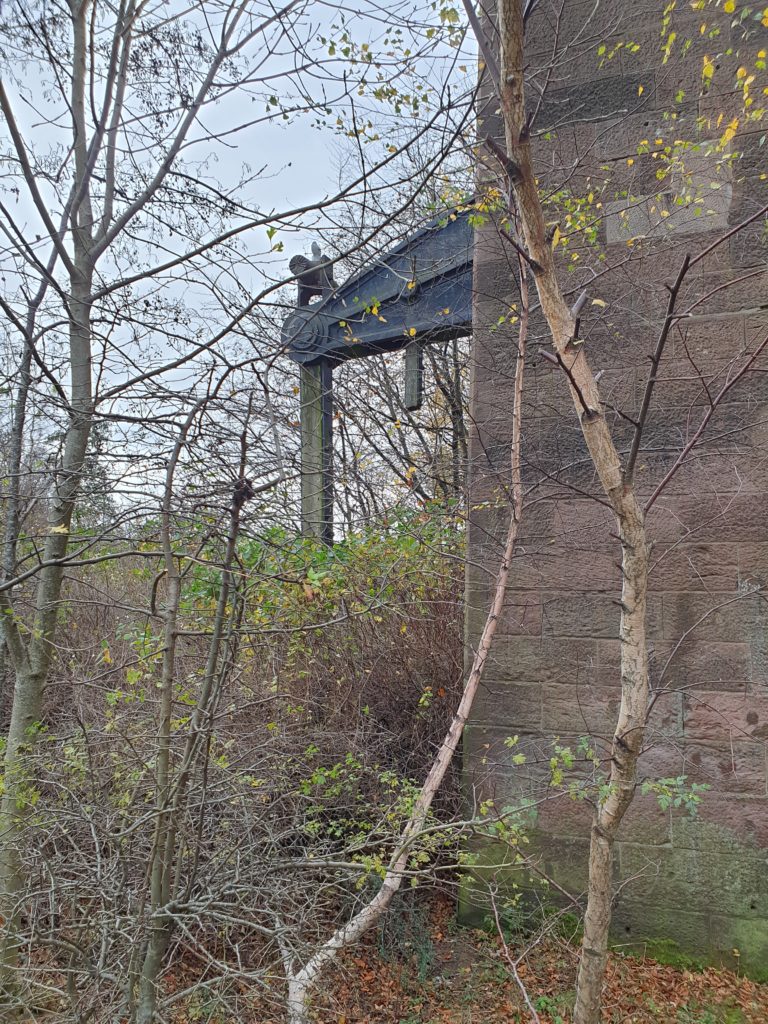
The site was owned by the local council and is now occupied by the Scottish Society for the Prevention of Cruelty to Animals (SSPCA) to whom we will make a donation for our visit. Our host on site was and will be Chris Hogdens who was most helpful. Whilst the office conversion of the interior may be disappointing for some visitors, it has ensured the survival and ongoing usage of the building and does provide an excellent view of the beam with the maker’s name and date – Neilson, Glasgow 1864 cast into it. Chris H. has kindly offered us the use of the toilets in the adjacent SSPCA offices.
And then to our final stop – Culross. The coal mines were operating in the 16th and 17th centuries, and the workings became famous as the “coal mine under the sea” when it was being developed by the energetic Bruce Family around 1590. Not only did the workings extend under the sea, but an artificial island known as the Moat Pit was constructed on the foreshore to provide the structure and protection for (what is believed to be) a ventilation shaft for the workings below. At the time this was one of the local “wonders” and was visited by James VI of Scotland, later James I of England.
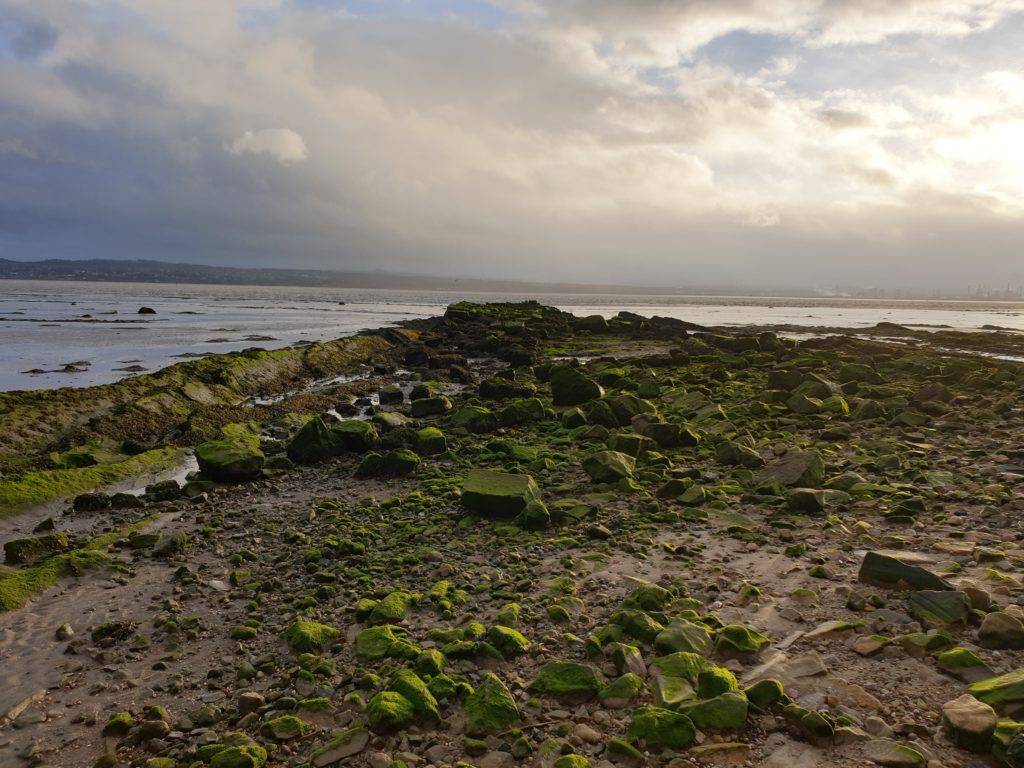
Robert Yates and Donald Adamson, both of whom appeared on a recent TV feature on the pit (https://www.bbc.co.uk/programmes/p0gq2z9f) will explain the layout of the coalfield, its shafts and the drainage systems around the very attractive village of Culross. Tangible remains are few and far between and the timing of our visit means the Moat Pit remains may be hidden, but we are convinced the story of the site and its early “Egyptian Wheel” used to raise water from the mines will be of interest to delegates.
Culross is well served with Pubs and Cafes, and as this is our last site visit we can be a little more relaxed with our timings before we return to Summerlee – via Stirling, along with other drop-off points if needed for local delegates. A public convenience is near the west car park and an ice house. The recce day was jam-packed, and tiring, but we are sure delegates will find the sites are all worth it.
Steve G. and Chris J.


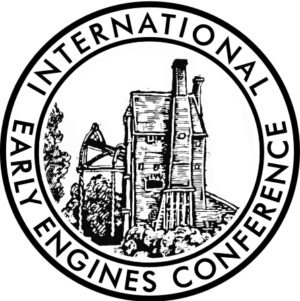
One Comment
David Seabourne
Hi Steve, I am attending the conference with my friend Paul Smyth.
We intend to join the site visits on Thursday but we cannot make the visits on Monday, because of this we wondered whether it might be possible for the two of us to separately arrange to do the Monday visits on Wednesday 20th, as you have mentioned some of the sites might not open until Easter.
regards
Dave